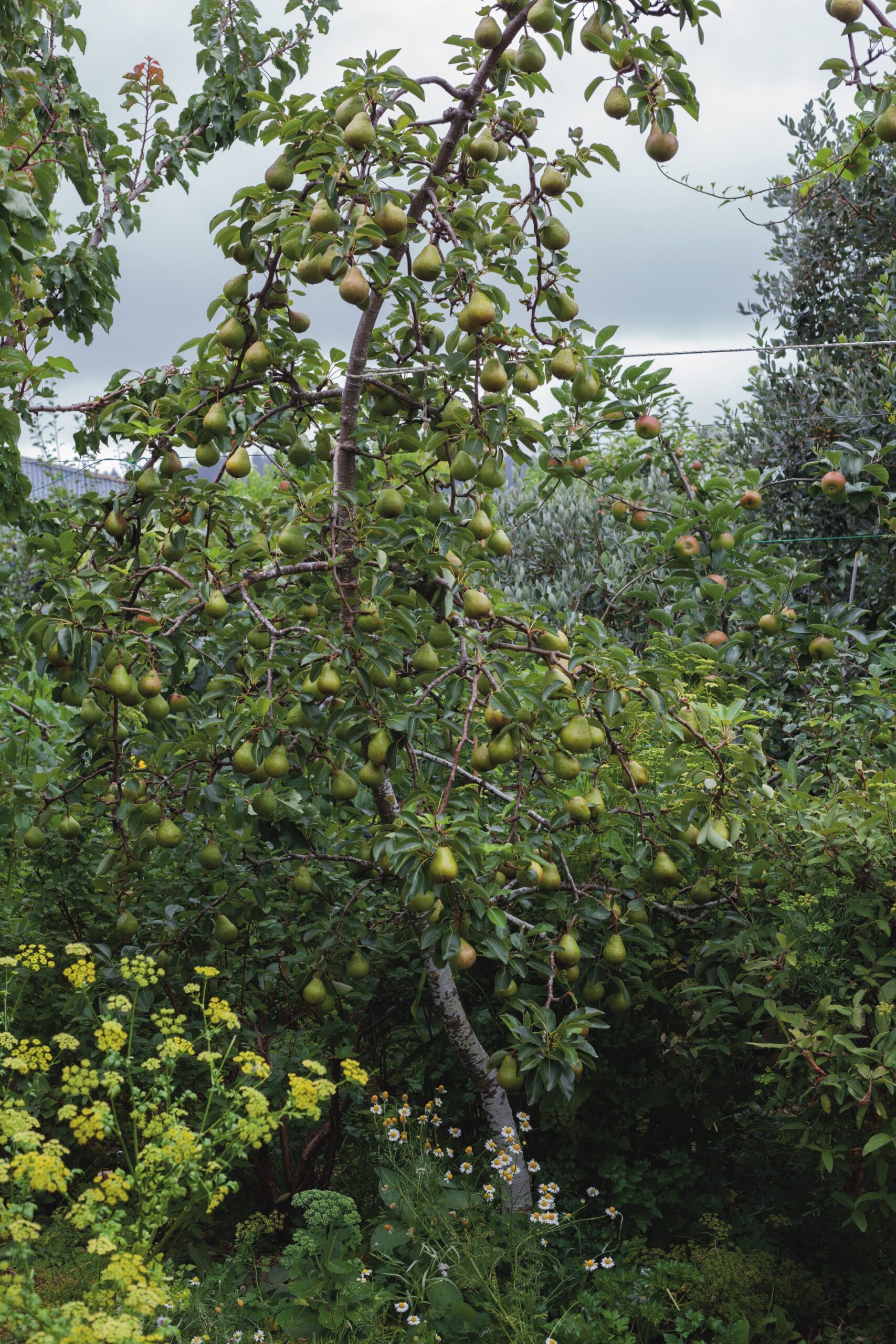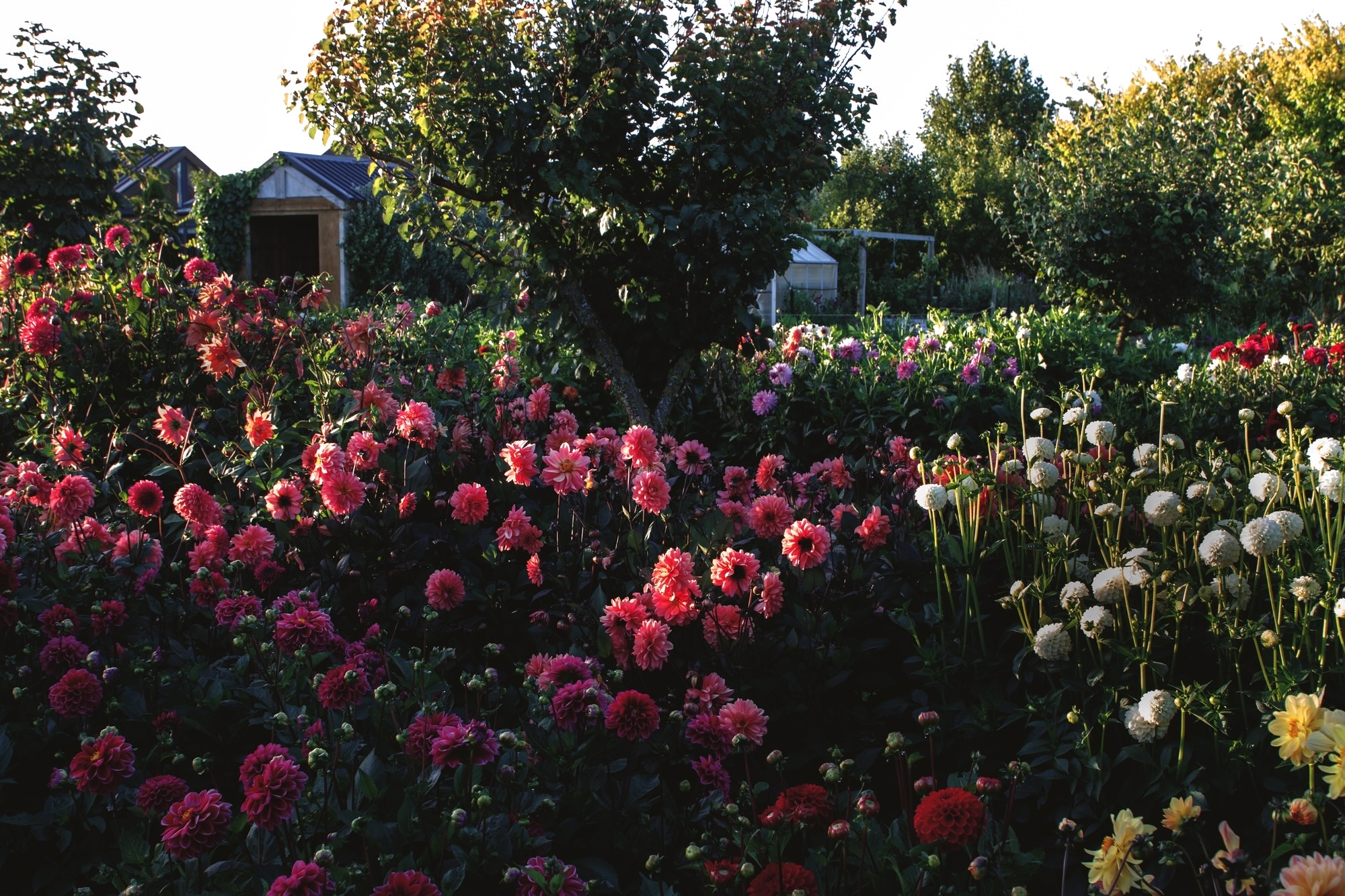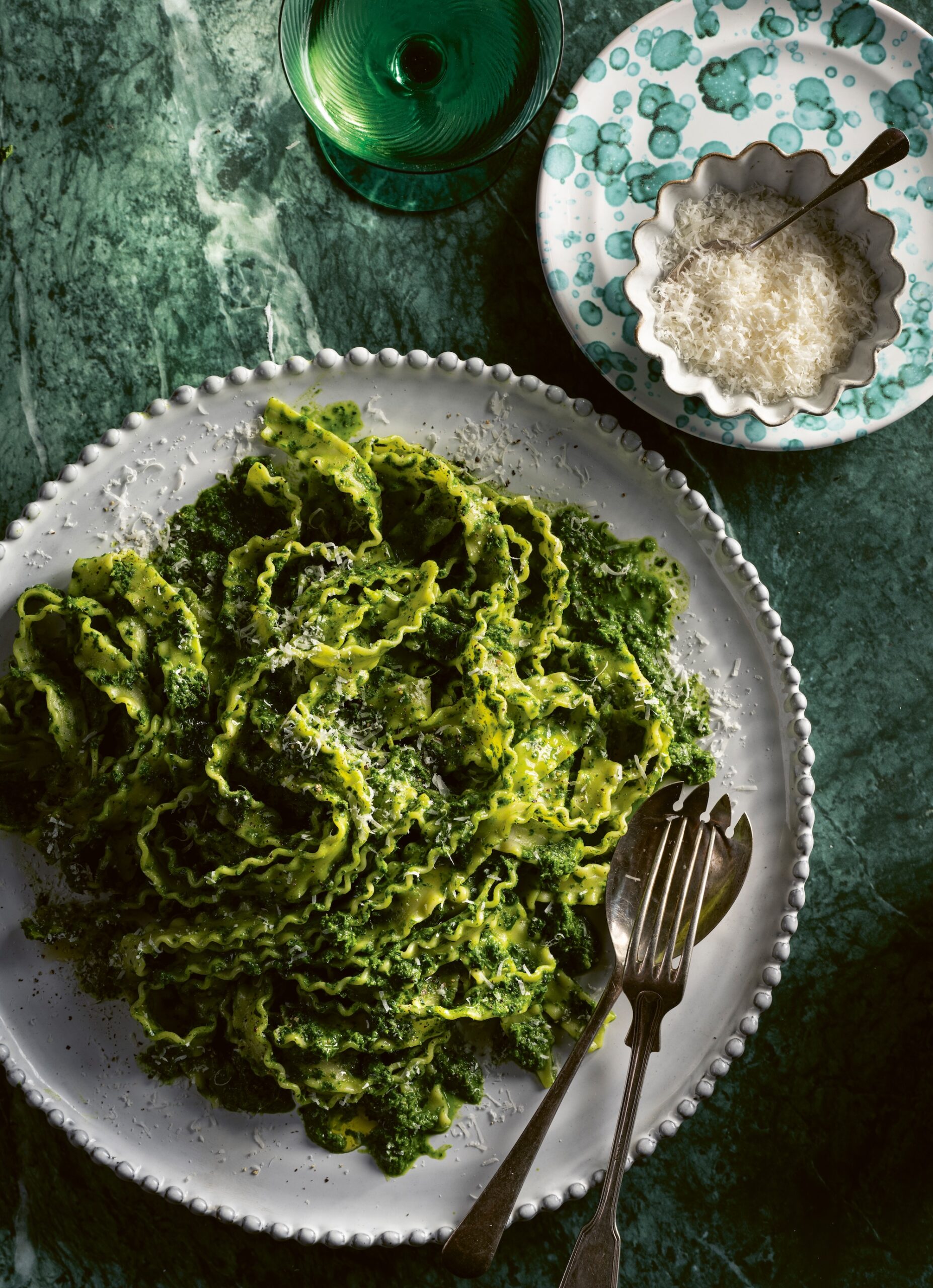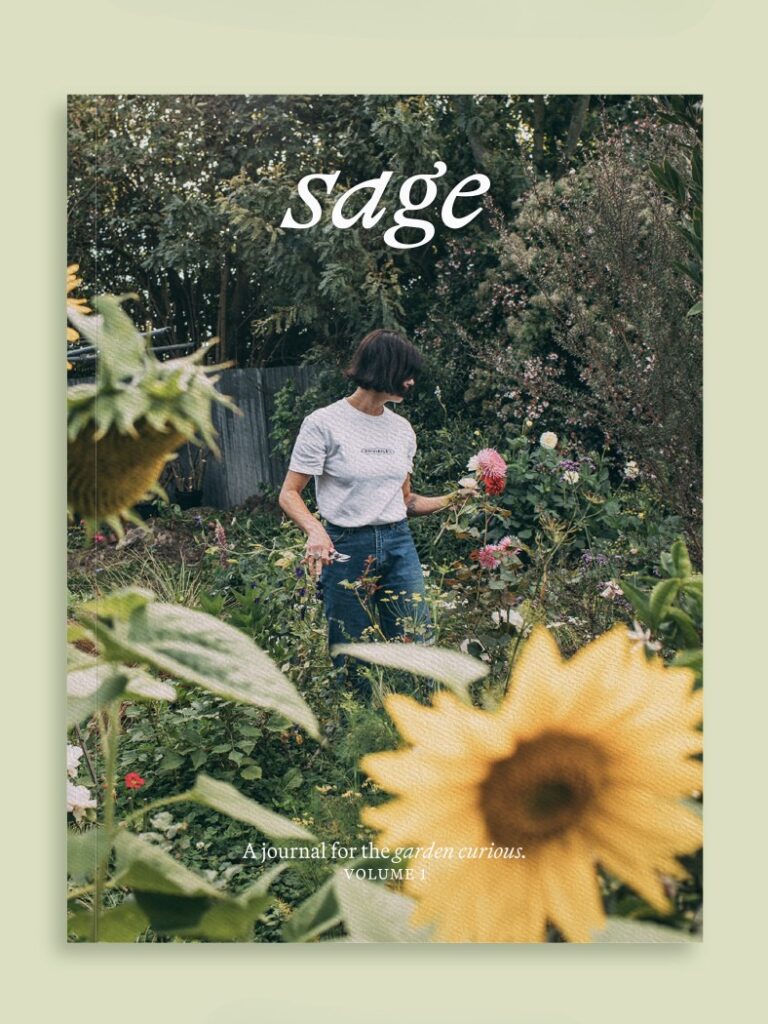Your cart is currently empty!
How to grow hydrangeas in your cut flower garden
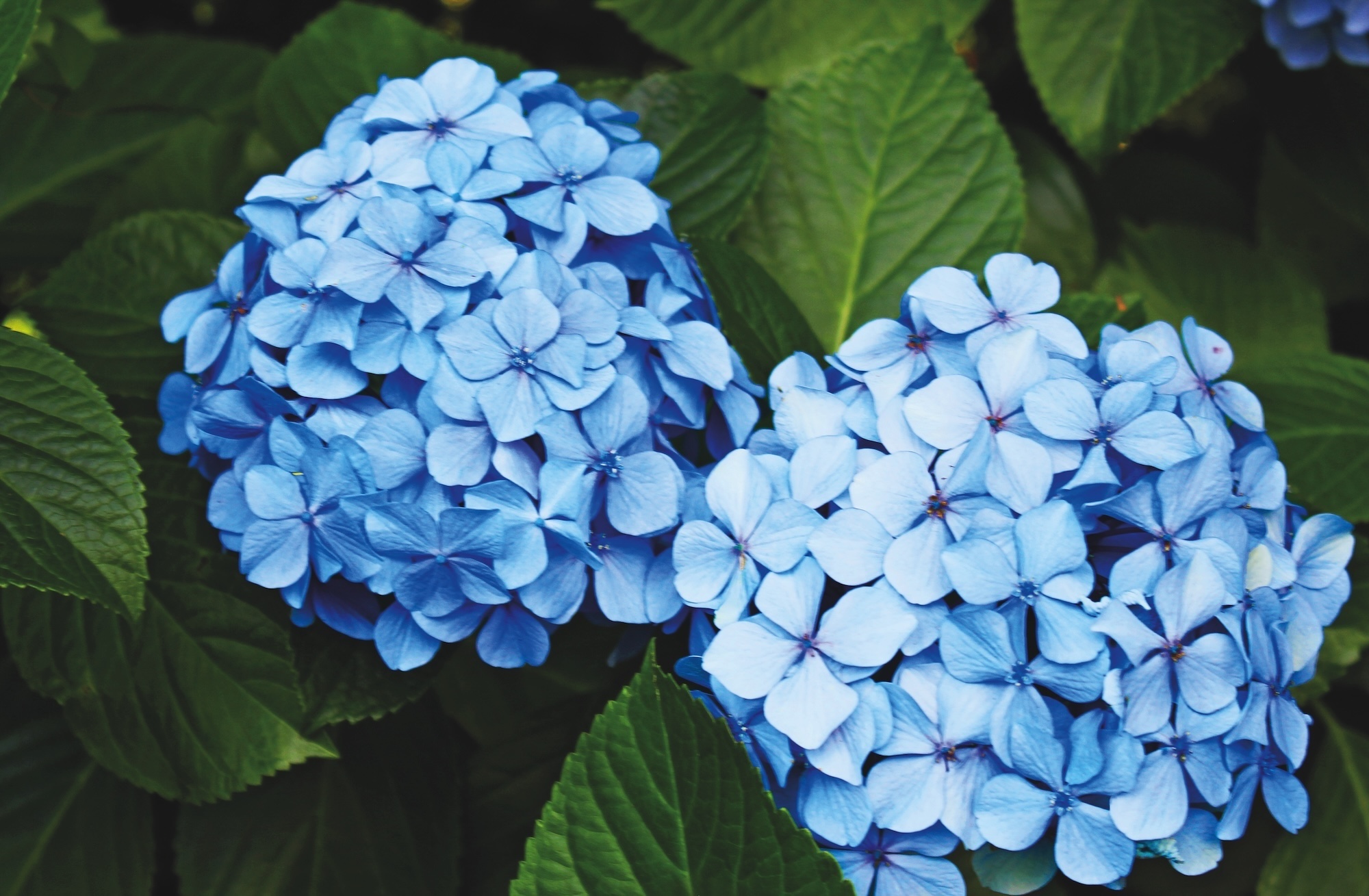
How to grow hydrangeas in your cut flower garden
— This is an excerpt from The Floral Dream: A Guide to Growing Cut Flowers in New Zealand by Olivia McCord.
A practical and inspiring guide for New Zealand home gardeners who dream of growing their own cut flowers.
Ease level: Easy
Season: Spring–Autumn (depending on location)
Plant type: Perennial
Grow from: Plant or cutting
Blooms: Multiple stemmed
Edible: No
Spacing: Varies by variety, usually 90–100cm wide
—
It’s always hard to pick a favourite flower. It’s a bit like being asked to choose a favourite child. But if you ask me what my favourite shrub is, hands down every day of the week I will answer hydrangea.
My favourite variety of hydrangea is a bit harder to answer but currently Limelights have my heart. Hydrangeas come in three main groups; macrophylla, arborescens and paniculata with variations in each group.
The most common variety of hydrangeas in New Zealand fall into the macrophylla or mophead category. The mopheads are haracterized by giant pompomesque flower heads and ability to change colour with the soil. White mopheads stay true to colour but if you are purchasing a pink or blue mophead it will change colour depending on the acidity of your soil, with acidic soils producing blue hydrangeas and alkaline ones producing pink. With the majority of NZ soils leaning to a slightly acidic nature most turn blue with my pink hydrangea producing blue heads almost immediately.
Hydrangea arborescens, otherwise known as the smooth hydrangea, have more delicate dome-shaped heads. The variety Annabelle is a popular variety in New Zealand.
Lastly, hydrangea paniculatas. This variety is known for conical-shaped blooms and my current favourite Limelight is in this category.
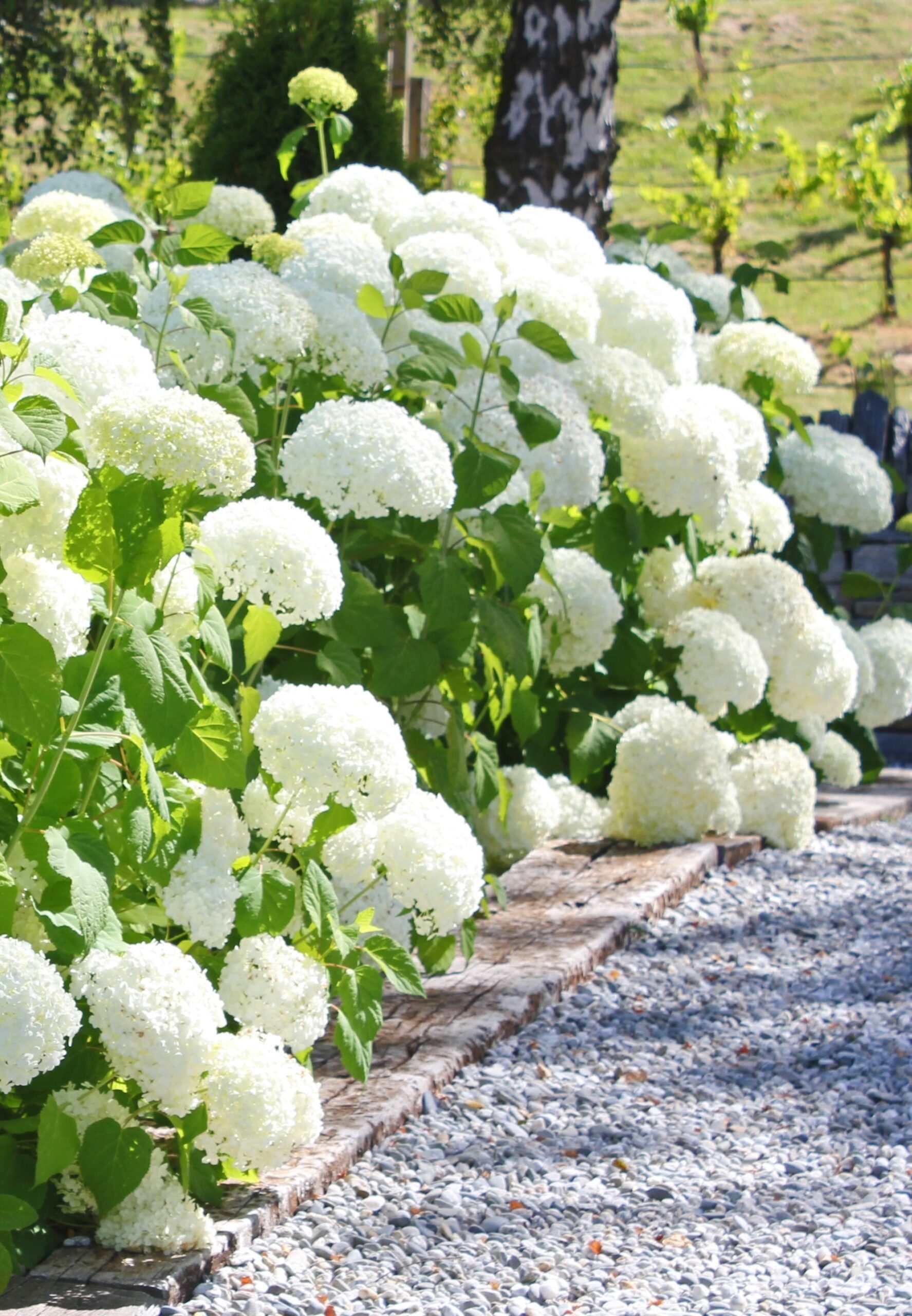
Growing
Hydrangeas are a relatively easy to grow and maintain shrub. They prefer moist, free draining soils with dappled shade: so areas that are sunny that can provide shade in the afternoon. It is best to plant your hydrangeas in spring or autumn. They are incredibly easy plants to take cuttings from and propagate. I have propagated multiple hydrangeas simply by taking a cutting of new growth in early spring roughly 15cm long. Then remove the lower leaves leaving only a couple and pop the stem into rooting hormone. I then pot these up and keep moist. It is a very cost effective way to increase your plants.
Hydrangeas do require a pruning once a year. The type of pruning depends on the variety. I personally leave my hydrangea pruning until late August or very early September. This protects the new buds from late frosts and I also like the garden interest of old blooms. For Hydrangea arborescens and paniculata cut the whole plant down to the first set of buds above ground – this is usually 20–30cm from ground level. This will give lovely strong stems for summer, as these varieties flower on new wood. If you want to retain some height you can just reduce the whole plant by half. On new plants go gently and cut back harder the following year.
For macrophylla varieties just deadhead the old flowers by cutting them off where they meet the new growth. If the plant is getting enormous you can remove 30% of the old wood to keep it
in check.
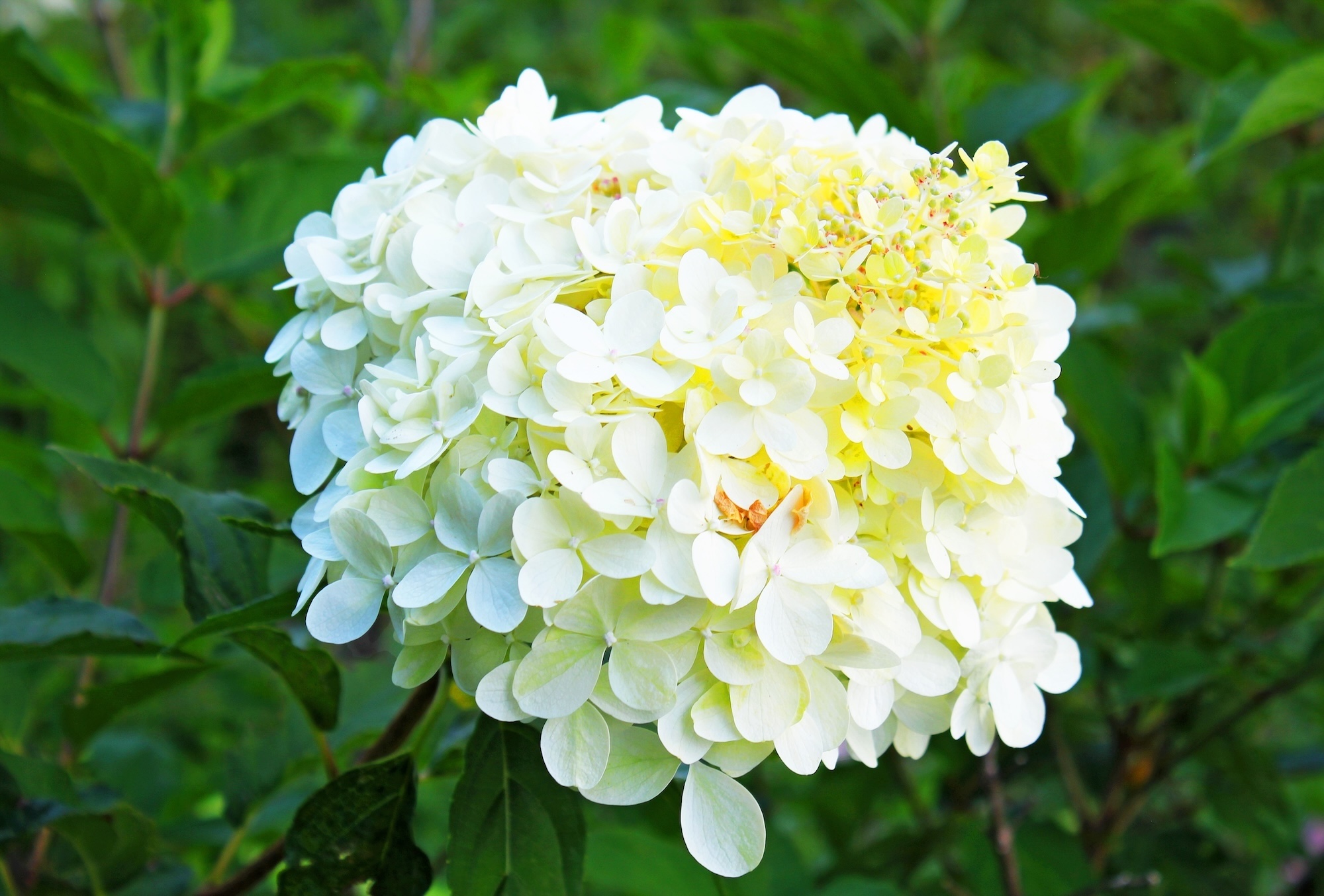
Picking
Hydrangeas are best picked in the early morning when they are most hydrated as they are prone to wilting. The most important part of picking is to choose the flower at the right stage of development. Choose blooms that are fully developed but not yet wilting. To extend your vase life, place the cut stems in water immediately to just below their flower head. Leave these for a few hours out of direct sunlight to fully hydrate before arranging. Hydrangeas are unusual in that they can absorb water through their petals. So if they are wilting you can mist their petals or place the flower heads in a bucket of cool water for thirty minutes to freshen up.
Hydrangeas make for a lovely, dried display. The best way to dry hydrangeas is to place them in a vase with only 4cm of water allowing the water to slowly evaporate. This allows the hydrangea to gently dry out and retain some of its colour. You should pick mature slightly papery flower heads to do this with.
Top hydrangea picks
- Paniculata. Limelight – Large, cone-shaped clusters of pale green to white flowers that mature to a soft pink.
- Arborescens. Annabelle – Large, round clusters of white flowers that bloom in a soft, delicate ball shape.
- Macrophylla. Bridal Bouquet – White, lace-like clusters of flowers with a subtle blush pink hue at the edges.
- Macrophylla. Renate Steiniger – Vibrant blue, pompom-style flowere soil surface as a mulch.
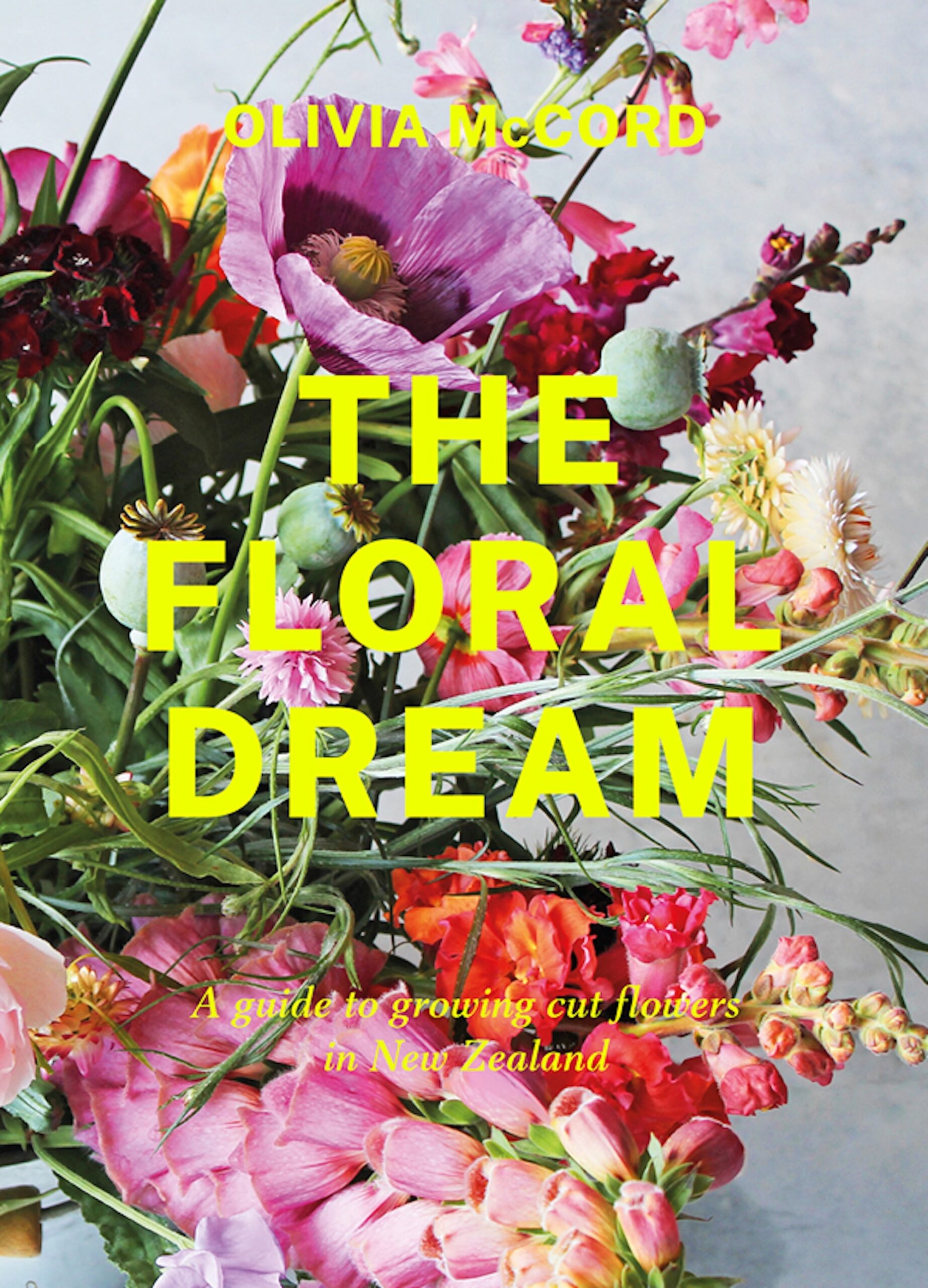
The Floral Dream: A Guide to Growing Cut Flowers in New Zealand
The Floral Dream, Olivia McCord, Potton & Burton, RRP: $49.99, available in bookshops nationwide and online.
Buy Now
